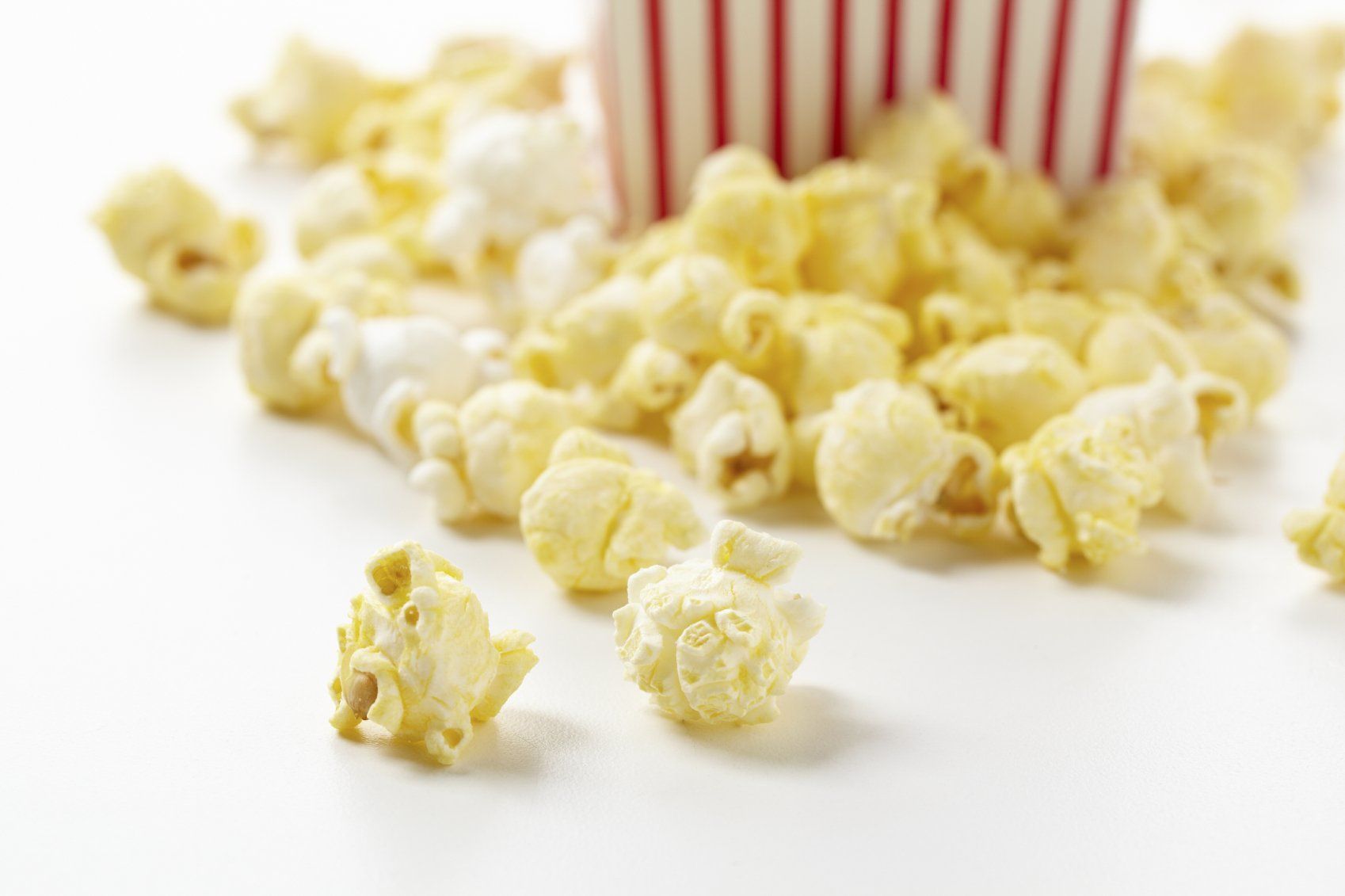Tips to Promote a Tripod Grasp
Tips to Promote a Tripod Grasp
What is a tripod grasp?
A tripod grasp is the use of the index, middle finger, and thumb to pick up small objects, such as beads or cereal puffs. Using an appropriate or functional tripod grasp can be very helpful from infancy to adulthood. From skills sach as handwriting to more activities for daily life (ADLs) such as: eating with utensils and developing functional hand skills.
Why should you as a parent care about this?
- It improves the fluency of handwriting
- It encourages independence with ADLs such as self feeding
- It helps build functional hand skills
How can on develop a proper tripod grasp?
This can be completed through many different activities involving play, hand strengthening, and practice. Many of the tasks we complete in daily life involve the use of tripod grasp and we do not even realize it!
Tips we can do to help with a better grasp:
- Hand strengthening activities such as: play doh, kinetic sand, climbing, tongs and tweezers are a great place to start!
- Manipulating small objects, like using small crayons to color with.
- Writing, coloring, and painting on vertical surfaces (mirrors or walls) to encourage appropriate grasp and wrist/finger movement to manipulate pencils, markers, or paint brushes.
Occupational therapist can help improve a child's grasp by adapting play time to incorporate proper use of an appropriate tripod grasp. OT's can use a lot of materials and resources to allow children to explore and build their fine motor skills to prepare for holding writing utensils. Talk to your child's pediatrician or a licensed occupational therapist if you are concerned about your child's grasp or hand strength.
Thank you to Miss Lizzie, occupational therapy assistant and member of PMC's occupational therapy team, for sharing her knowledge of tripod grasp! Your tips are also so helpful!









